Allergy to eyelash extensions: how to treat and what to do?
Pain, redness, swelling - such consequences deter many customers from the treatment. Allergy caused by eyelash lengthening is extremely rare (less than 1% of the confirmed cases of all complaints about various post-appointment reactions). The remaining 99% is the result of bad work. It is important to know everything about allergies and how they differ from the results of the eyelash stylist's unprofessionalism. Here you can find out everything you need to know about allergies after eyelash extensions.
ABOUT ALLERGIC REACTIONS
Only synthetic raw materials are used for the production of artificial eyelashes - a high-quality hypoallergenic polymer. Other necessary products and materials (hydrogel eye pads, primers, etc.) are also manufactured to strict quality and hypoallergenic standards. If the stylist works with the products of proven well-known brands, then the probability of allergies is small.
The most common cause of an allergic reaction to eyelash extensions is eyelash glue. Observing the correct extension technique, the eyelash stylist uses a small drop of glue to prevent it from coming into contact with the delicate skin of the eyelids. But even if the procedure is carried out as intended, the risk of allergies cannot be ruled out - they can be caused by the evaporation of the glue during drying.
HOW TO MINIMIZE RISKS
-
Get a service that has your comfort and safety at heart. The dangerous side effects come from unprofessional service and poor quality of materials.
-
Eliminate the possibility of an individual response. No one (not even the most seasoned professional) can predict how your body will react to eyelash extensions. If you know you're prone to allergies or eye sensitivities, do a pre-test. You can apply a drop of glue to the skin or do a trial treatment. In a test, the stylist only applies 10 extensions per eye to see if there is a reaction within 24 hours.
-
Pay attention to the condition of your eyes. Only get long lashes if your eyes are perfectly healthy. Inflammation, conjunctivitis of any kind and other ailments are good reasons to postpone treatment until full recovery.
HOW TO "DETECT" AN ALLERGY
An allergic reaction to eyelash extensions manifests itself in redness, swelling, itching along the lash line or in the eyelid area. The following signs must be observed:
- dryness of the mucous membrane;
- malaise, feeling like you are looking at a foreign object;
- "pink" eye whites;
- Spread of edema to the entire upper part of the face;
- Manifestations of allergic rhinitis (runny nose, swelling of the nasal mucosa, sneezing);
- Tear;
- allergic cough.
Allergy symptoms appear literally immediately or within the first 24 hours after work. The appearance of unpleasant sensations on the second, third or later day is already the result of poor work.
Conny Lashe's tip: An allergic reaction is often mistaken for the result of poor work. During the work, the stylist attaches artificial eyelashes to the natural hair. The distance to the edge of the lid should be 0.5 - 1 mm. If the technique is performed incorrectly, there may be discomfort, reddening of the skin and mucous membranes, swelling, severe pain.
ALLERGY TO EYELASH GLUE
The allergens are usually eyelash glue or its evaporation, or its main component is cyanoacrylate. This substance is present in all formulations of the glue and is responsible for the adhesion of the eyelashes and the durability of the result. For this reason, an eyelash glue is never hypoallergenic. And if the glue does not contain cyanoacrylate, then its adhesive functions will be minimized, and eyelash extensions will not last long.
Even the most gentle composition of the product does not guarantee complete protection. The reaction is usually very individual. There is also a cumulative allergy in the body, when the symptoms do not appear immediately, but after 2 or even 3 sessions. In this particular case, it is better to refrain from eyelash extensions.
FAQS: ALLERGIC REACTION TO EYELASH EXTENSIONS
Is it possible to avoid the appearance of an allergy to glue fumes?
If you are allergic to fumes of eyelash glue, a fan will minimize their occurrence, since with its polymerization occurs instantaneously and without fumes. Eyelash stylists use it after work. When the work is done, the client closes his eyes and the beautician treats it with moist air near the face. In some cases it helps to avoid allergies when it occurs just with eyelash glue fumes that disappear after full curing (within 24 hours).
Can I have an allergic reaction to eyelash extensions if they are made from high quality materials?
The quality of artificial eyelashes can directly affect the health of your eyes. Therefore, choose a professional extension. A true professional cares about his reputation and chooses quality materials for work.
Unfortunately, even with perfect execution of the entire work, sometimes allergies occur. The reason usually lies in the individual reaction to the chemical composition of the adhesive. The component of the glue - cyanoacrylate - is an allergic reaction provocateur. Symptoms of an allergic reaction to eyelash glue depend on the body's susceptibility: swelling of the eyelids, headache, profuse tearing, reddening of the mucous membrane of the eyes.
What to do if the allergic reaction to eyelash extensions doesn't go away within 24 hours?
If the eyelash extension allergy does not go away after 24 hours, be sure to remove the eyelashes with a special liquid (remover). If the reaction does not stop and even "gains pace", medical attention is required.
After removal, the use of decorative cosmetics in the eye area must be limited. The skin and mucous membranes are irritated by the action of an allergen and are prone to inflammatory processes.
RULES
- Post-treatment allergies are extremely rare.
- Defective work is manifested by similar symptoms and requires the removal of eyelashes.
- Treatment with drugs should only be prescribed by a doctor.
- An eyelash stylist must strictly adhere to lengthening rules and technology.
- Always check with the customer if they are allergic. Conduct a test by applying a drop of eyelash glue to the skin (preferably the day before the procedure). It can be applied to the skin behind the ear or on the wrist. An extension test with 10 false eyelashes can also help. An allergic reaction occurs immediately or within the first 24 hours after work.

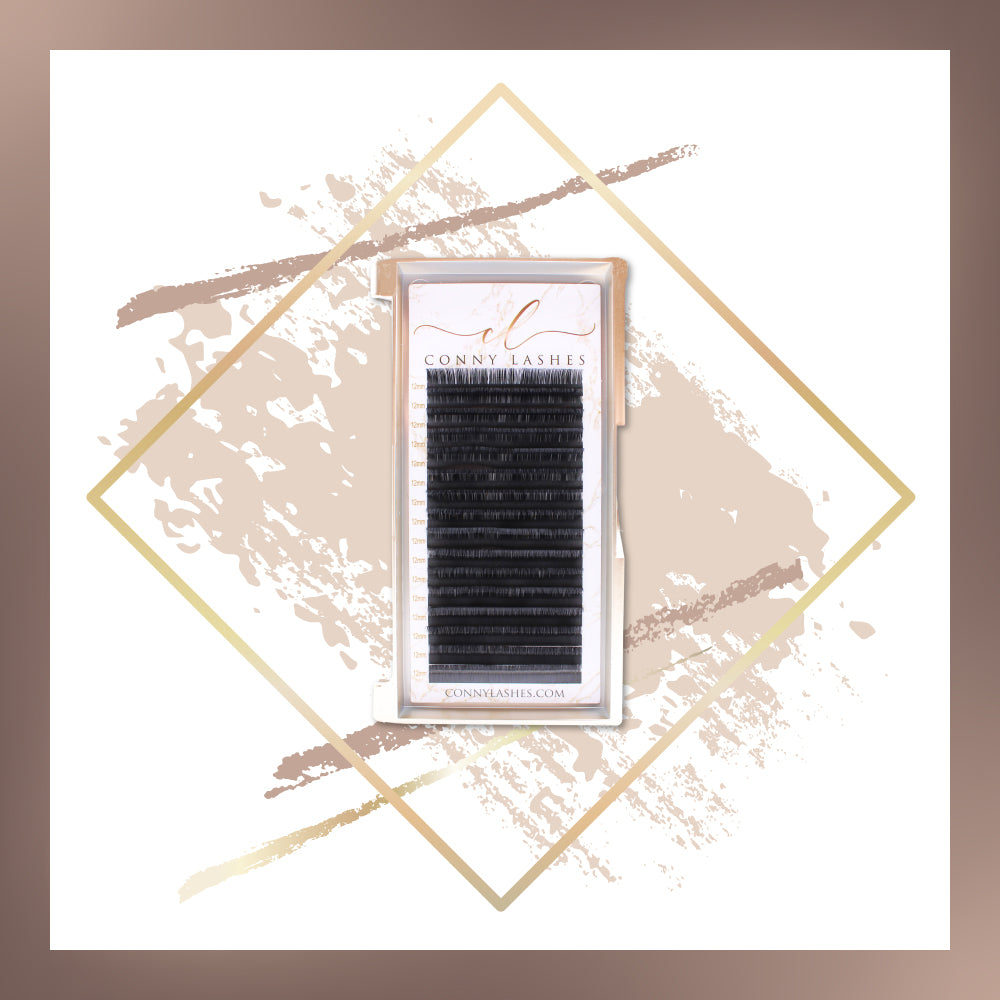
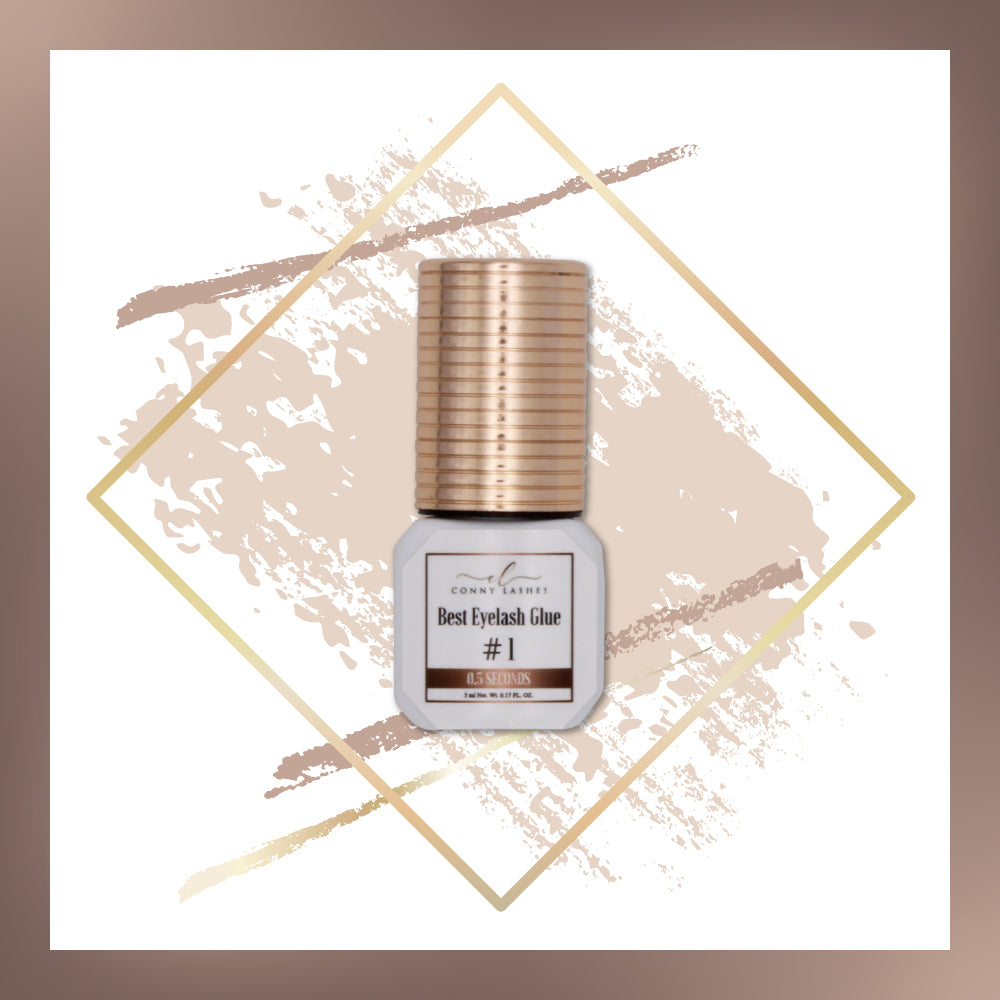
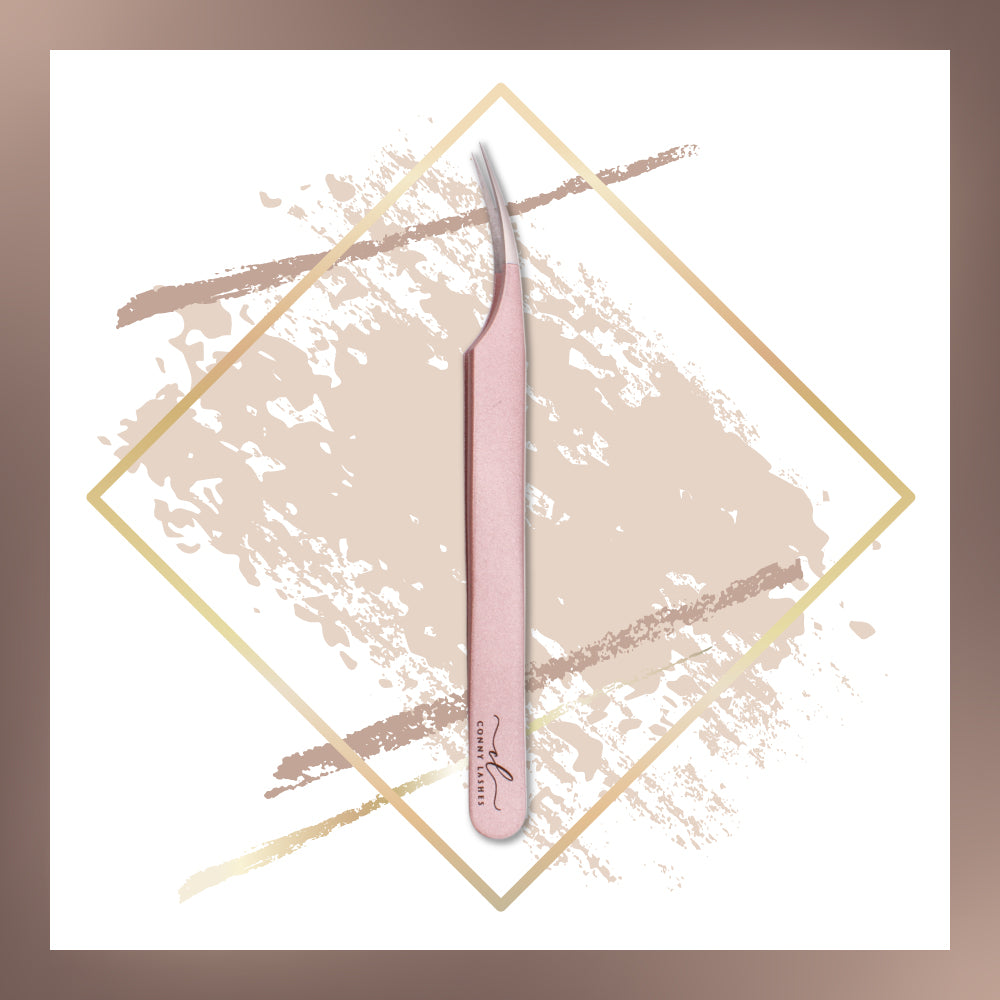
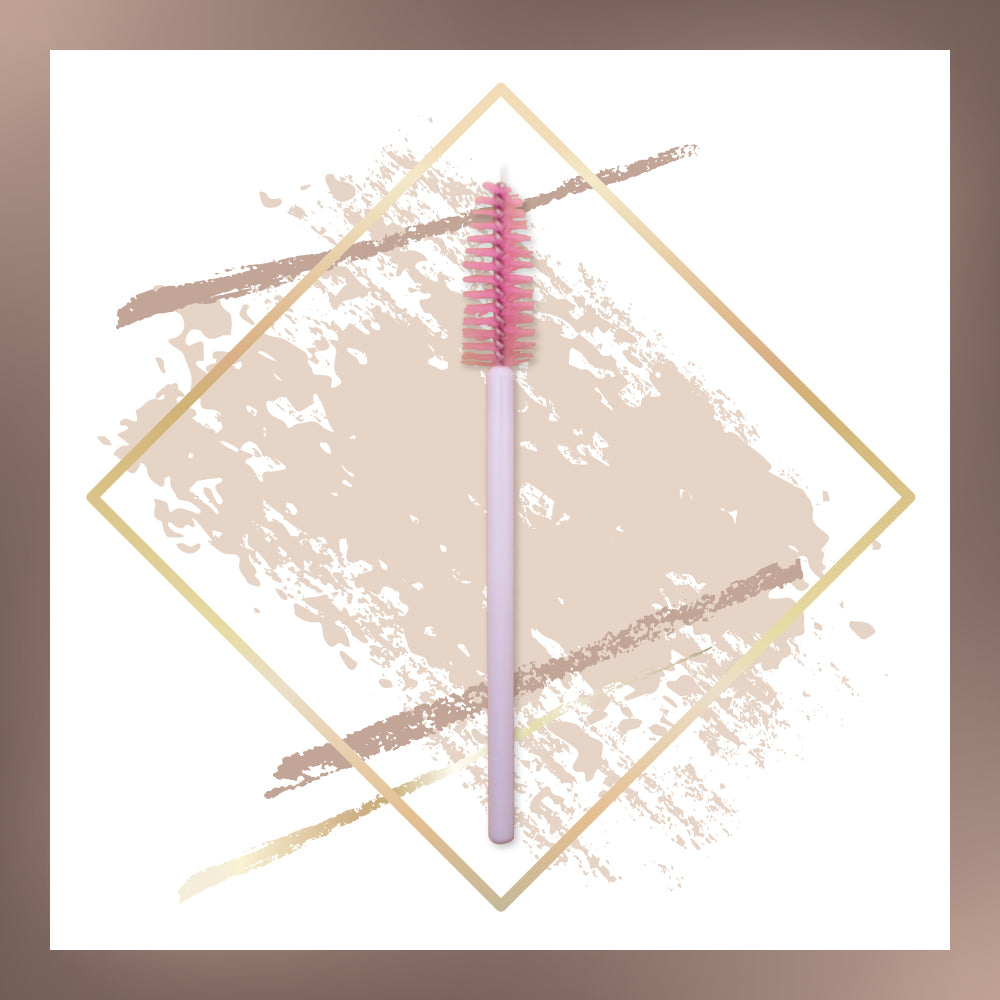
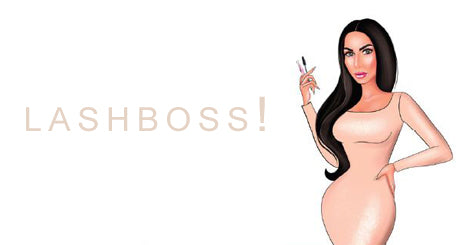
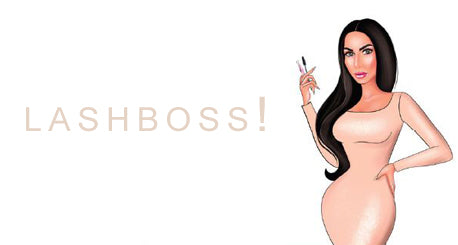
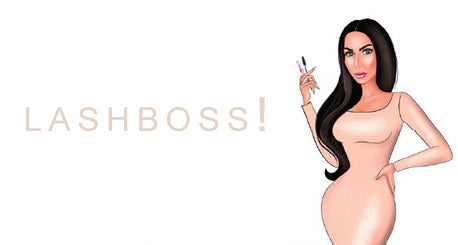
Leave a comment